The Khecarvidy of dintha
A critical edition and annotated translation
of an early text of hahayoga
James Mallinson

First published 2007
by Routledge
2 Park Square, Milton Park, Abingdon, Oxon OX14 4RN
Simultaneously published in the USA and Canada
by Routledge
270 Madison Ave, New York, NY 10016
Routledge is an imprint of the Taylor & Francis Group, an informa business
2007 James Mallinson
Typeset in Adobe Garamond by
James Mallinson using  and Ledmac
and Ledmac
All rights reserved. No part of this book may be reprinted or reproduced or utilised in any form or by any electronic, mechanical, or other means, now known or hereafter invented, including photocopying and recording, or in any information storage or retrieval system, without permission in writing from the publishers.
British Library Cataloguing in Publication Data
A catalogue record for this book is available from the British Library
Library of Congress Cataloging in Publication Data
dintha, 10th cent.
[Khecarvidy. English & Sanskrit]
The Khecarvidy of dintha : a critical edition and annotated translation of an early text of hathayoga / James Mallinson.
p. cm. (Routledge studies in tantric traditions series)
Includes bibliographical references and index.
ISBN-13: 9780415391153 (hardback: alk. paper)
I. Hatha yogaEarly works to 1800. I. Mallinson, James, 1970-. II. Title.
BL1238.56.H38 A3513
294.5'43 6dc22
2006033161
ISBN10: 0415391156
ISBN13: 9780415391153
Contents
Preface
The original impetus for the work contained in this book, which is a revision of the doctoral thesis I submitted for examination in Oxford in 2003, was my wish to use Sanskrit philology to investigate Hindu asceticism. It was clear to me that the practice of yoga, and in particular hahayoga, was one of the traits shared by most of the ascetic orders that flourish in India today, and the one most suited to philological research. I thus sought a Sanskrit text on hahayoga to edit critically. Christian Bouy's masterful survey of hahayogic literature, Les Ntha-Yogin et les Upaniads, threw up various possibilities, and I settled on the Khecarvidy. Not only was it important to the yogic textual tradition - it is cited by several commentators and verses from it are used in later texts - but its beautiful and unique teachings describe a practice still used by yogins in India today, so I could draw on their insights to elucidate the text.
Furthermore, the Khecarvidy appeared to suit my purposes for two practical reasons. Firstly, according to the catalogues I consulted, there were seven manuscripts of it to be collated, an easily manageable number for a text three hundred lokas long. Secondly, unlike most other texts on hahayoga, it taught a single practice, so I thought it would be relatively easy to understand. How misguided I was! By discovering more names under which the text was known and more ways of searching for witnesses, I ended up unearthing twenty-seven manuscripts of the text, and I soon realised that to get to the bottom of its teachings would require an understanding of a wide range of subjects, in particular the vast and dauntingly complex world of tantric aivism.
I could not have been in a better place for help in overcoming these problems. The presence in Oxford of my thesis supervisor, Professor Alexis Sanderson, had attracted a group of doctoral and post-doctoral students whose energy and enthusiasm for philological research into tantric aivism were a constant inspiration to me, and they helped to reassure me of the importance for understanding Indian religion of the often tedious business of collating and editing manuscripts. Many helped directly with this book but a few were particularly generous with their time and learning. I must first thank Professor Sanderson who was always ready to help me with his encyclopedic knowledge and expert guidance. Dr. Somdev Vasudeva is responsible for any elegance in the book's presentation and provided me with a great deal of useful textual material as well as encouragement and advice. Dr. Dominic Goodall spurred me into going to India in search of manuscripts and helped me with the south Indian witnesses. Csaba Kiss was very generous with the fruits of his work on the Matsyendrasahit. Other Oxford contemporaries whom I wish to thank by name for their comments and help are Dr. Harunaga Isaacson, Dr. Alex Watson, Dr. Isabelle Onians, Dr. Jim Benson, Professor Richard Gombrich and Dr. Csaba Dezs. From outside of Oxford I thank Christian Bouy, whose work inspired me to start the thesis and who has helped me in my search for sources, Sebastian Pole, who with his practical expertise in yoga and his knowledge of

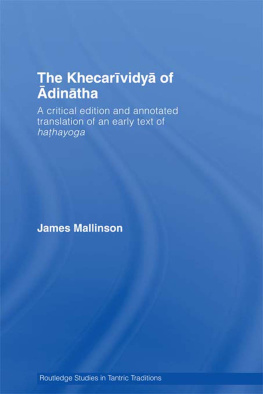

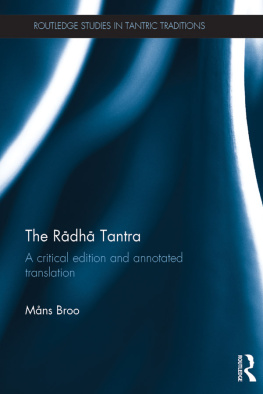
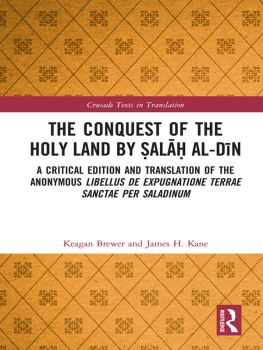
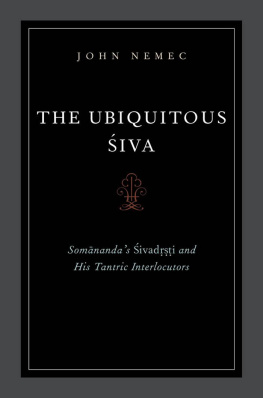
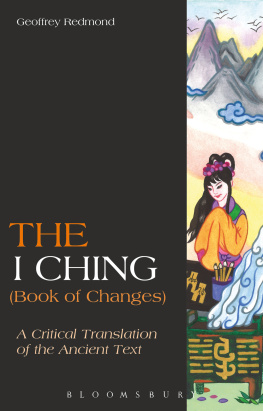
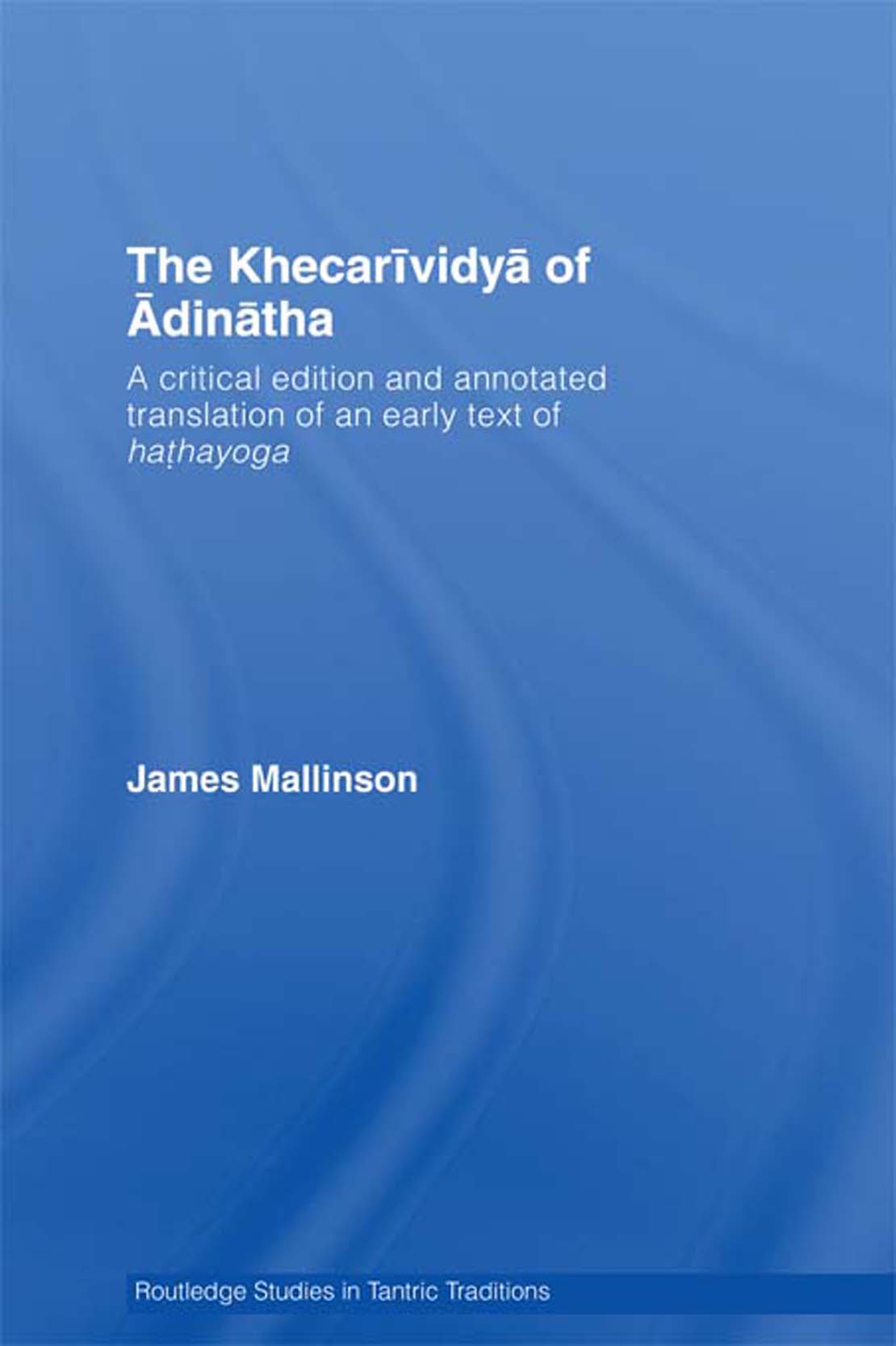

 and Ledmac
and Ledmac